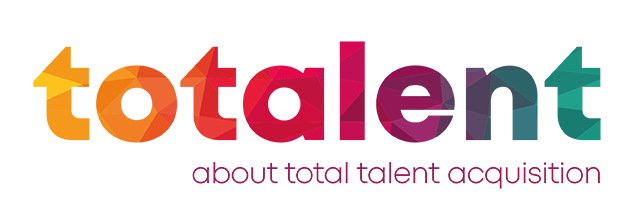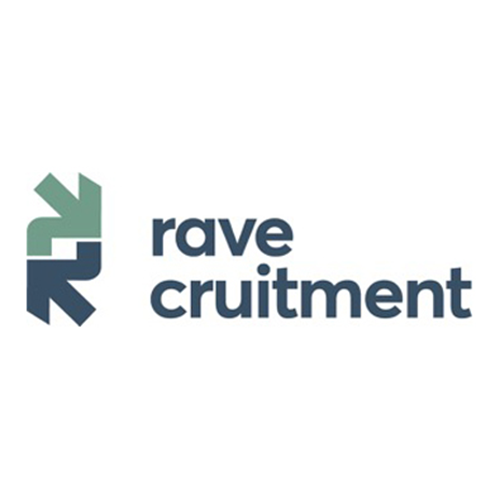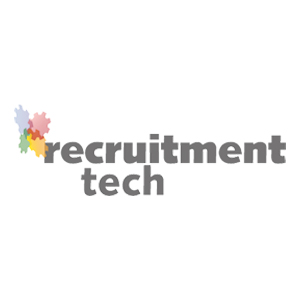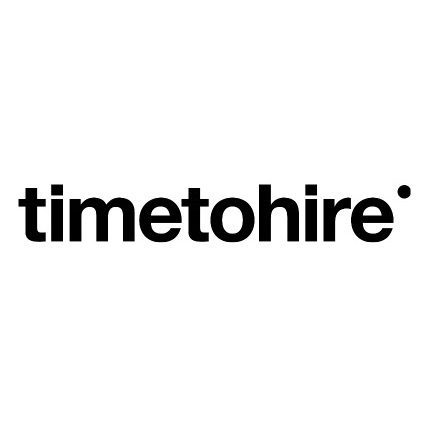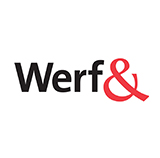
Source: https://sourcingtraining.com/linkedin-tips-tricks/linkedin-x-ray-is-soon-to-be-dead/
However, recent modifications by LinkedIn -found by Marcel van der Meer- have introduced significant changes to public profile visibility, specifically removing or limiting access to sections such as headlines, experience, and education. These restrictions pose substantial challenges for recruiters and tech-players who sell profiels, as LinkedIn X-ray searches depend on the accessibility of this information through search engines. The reduction in available data directly impacts the effectiveness of X-ray searches, limiting recruiters’ ability to uncover candidate profiles without resorting to LinkedIn’s internal search tools.
LinkedIn’s recent changes are steering users towards its subscription-based services like Recruiter, Recruiter Light, or Sales Navigator. Essentially, LinkedIn is limiting how much information you can see for free. To get full access to people’s profiles and other detailed data, you now need to pay for one of these services. The subscription model of LinkedIn is really a cash machine, of which a great deal of the recruitment industry depends. But with all the smart usage of AI and more and more people aggregators and employee API’s LinkedIn needs to protect ‘her data’ (it’s still the data of the user) better. That could be one of the drivers behind squeezing further the free usage of LinkedIn.
LinkedIn uses the argument of privacy protection to cut of X-Ray. But there are not many persons that believe that LinkedIn is making these changes to protect your privacy at all. Instead, they believe LinkedIn is doing this to make more money by making recruiters and others pay for access to information that used to be free. And by default is the LinkedIn platform making money with personal and professional data of users. So the privacy argument really looks false.
What are solutions?
Stop using LinkedIn is the end for the recruitment industry as we know it. So, this is a new fact for the industry, and as always… the industry finds their workarounds. For recruiters now, it’s important to adjust to LinkedIn’s recent changes. Initially, they might find themselves using LinkedIn’s paid services more to get the full details on candidates’ profiles. But looking ahead, this situation means recruiters need to think bigger and differently about how they find potential hires. They might start using other websites or create new ways to find people to avoid LinkedIn’s limits.
Also, it’s a good chance for recruiters to work on building stronger, personal connections with people they might want to hire by getting involved in professional groups or events. This approach emphasizes more personal interaction and networking as key parts of finding new talent. It almost sounds as old-school recruitment 😉.
Building a strong employer brand and employing inbound recruitment strategies become even more essential in this new landscape. By creating compelling content and engaging directly with potential candidates, recruiters can attract talent organically, reducing reliance on external platforms for candidate discovery.
The future of recruitment in the wake of LinkedIn’s policy changes looks to be one of innovation and adaptation. Recruiters are encouraged to diversify their sourcing channels and place a greater emphasis on authentic engagement and employer branding. The industry may see a shift towards more strategic, relationship-based recruitment practices, where the value of human connections and brand appeal plays a central role in attracting talent.
If you liked this article and want more insights on attracting and retaining the best talent in Europe, subscribe to ToTalent’s weekly newsletter. You’ll get exclusive content, events, and expert insights.
